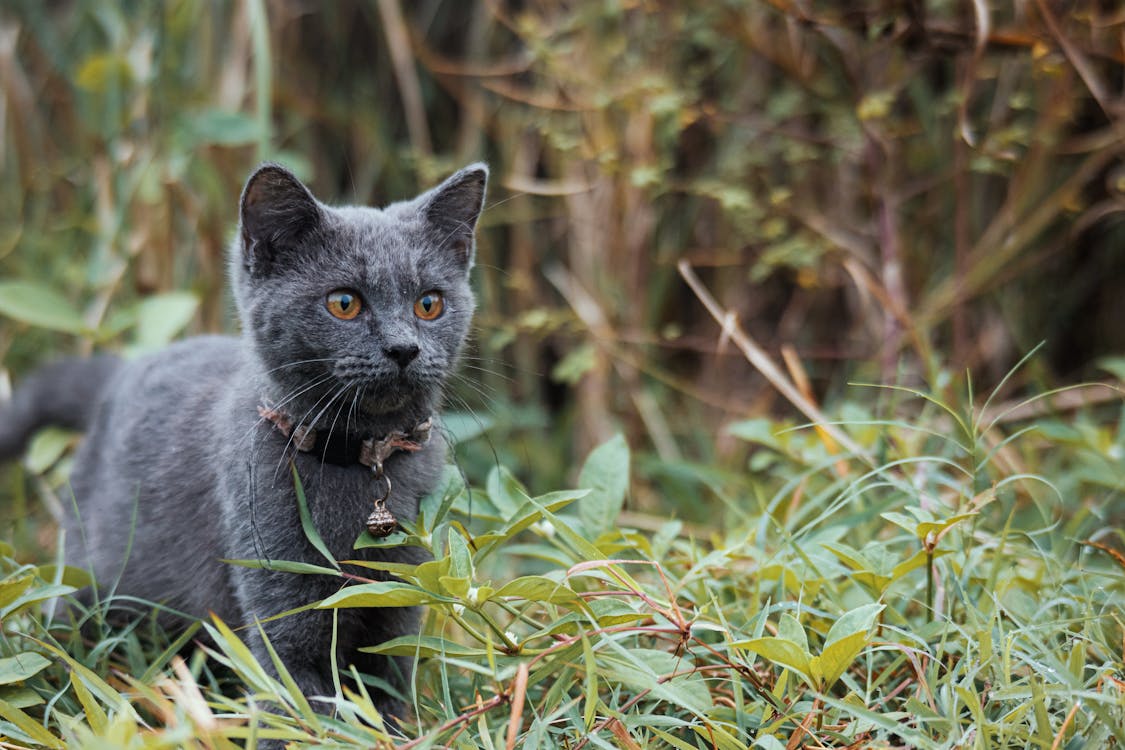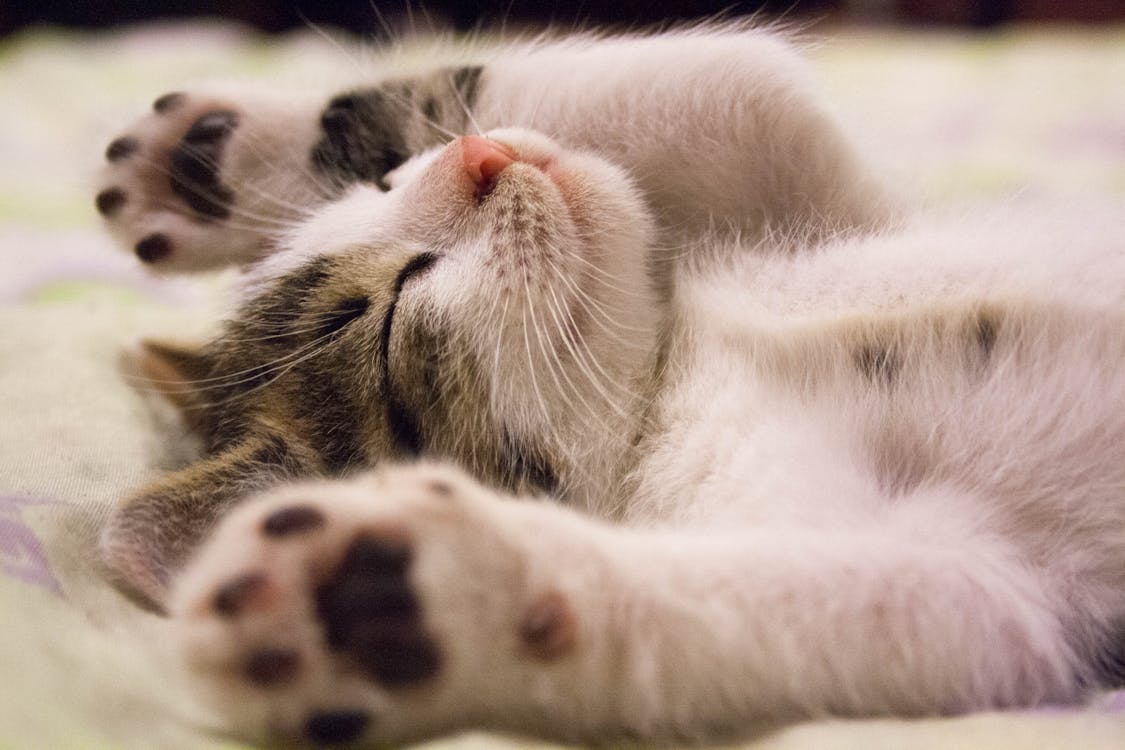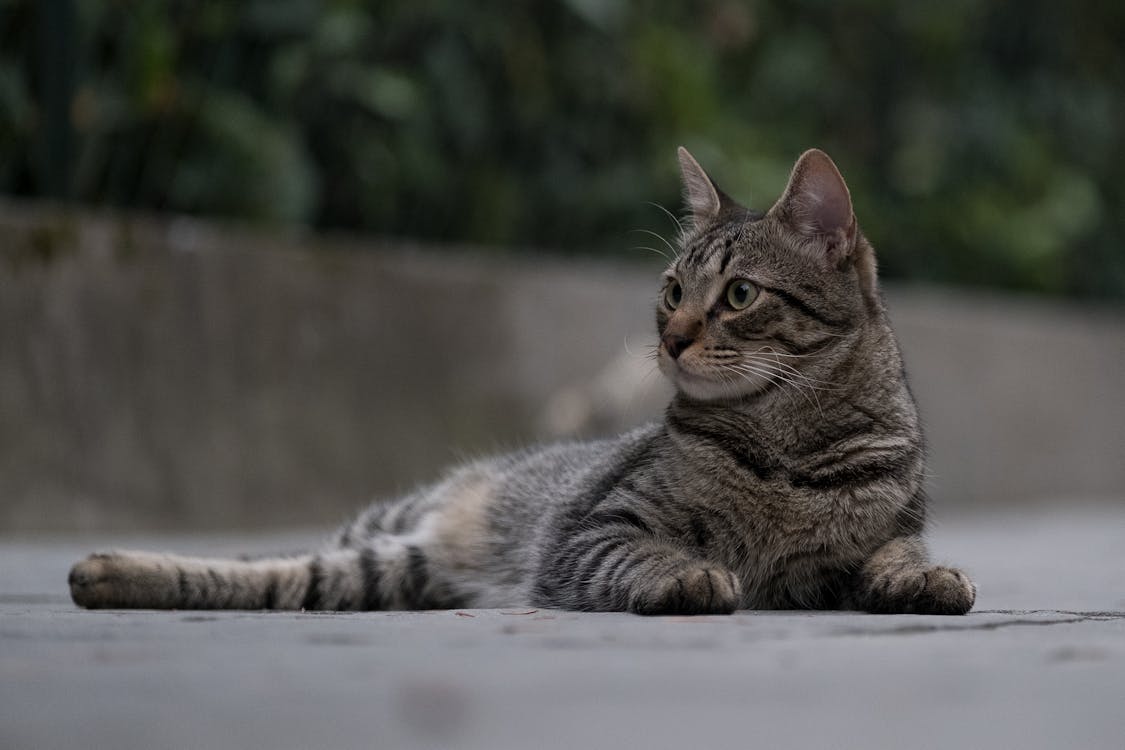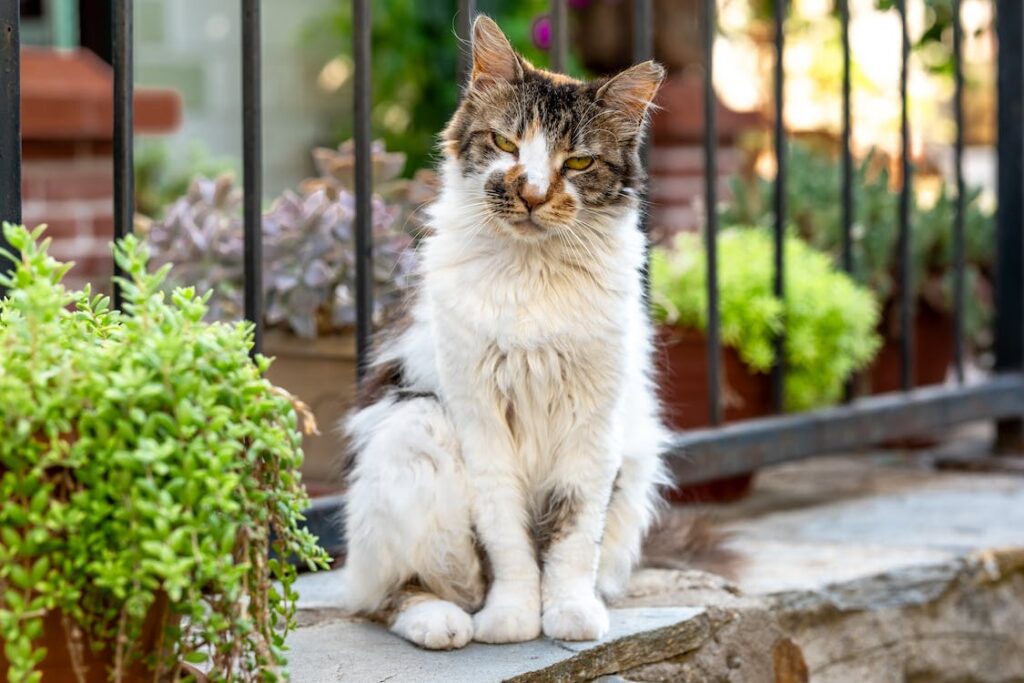In the heart of every domesticated kitty lies the spirit of a fierce and powerful predator. Your feline friend may have traded the savanna for your sofa, but their biological needs remain rooted in their wild ancestry. Cats are obligate carnivores, which essentially means they need meat to survive and thrive. So, where does grain-free cat food fit into this picture? Let’s dive into the world of feline nutrition to find out.
Table of Contents
Grain-Free Cat Food: A Trend or a Necessity?
Grain-free cat food has become quite the trend in recent years, with many people believing it’s healthier for their feline friends. But is it really a necessity? Or is it just another marketing ploy?
Cats, unlike humans, don’t require grains in their diet. In fact, their digestive systems are designed to process meat more efficiently than carbohydrates. However, that doesn’t automatically mean that grains are harmful to cats. Some cats can digest and utilize grains without any issues, while others might have allergies or intolerances that make grains problematic.
The Nutritional Balancing Act
While a grain-free diet might sound like a good idea, it’s not as simple as just eliminating grains from your cat’s meals. Nutrition is a delicate balancing act. When you remove grains, those calories must be replaced with something else, typically proteins or other carbohydrates like potatoes or peas.
The key here is ensuring the replacement ingredients provide a balanced and complete diet for your cat. Too much of certain nutrients can lead to health issues. For example, a diet high in fat and low in fiber, common in some grain-free foods, can contribute to obesity and digestive issues.

The Grain of Truth: Not All Grains are Equal
Not all grains are created equal. Some, like corn and wheat, are often used as fillers in pet food and offer minimal nutritional value. However, others like oats, barley, and quinoa can be beneficial sources of fiber, antioxidants, and other nutrients.
If your cat isn’t allergic or intolerant to grains, a diet with high-quality, whole grains can be just as healthy as a grain-free one. Remember, it’s about balance and quality, not simply the presence or absence of a particular ingredient.
To Grain or Not to Grain: That is the Question
So, should you switch your cat to grain-free food? The answer is a resounding “maybe.” It depends on your cat’s individual needs. If your cat has a grain allergy or intolerance, then a grain-free diet might be beneficial. However, if your cat is perfectly healthy eating a diet that includes grains, there’s no need to make the switch.
Before making any significant changes to your cat’s diet, it’s always wise to consult with your vet. They can help guide you towards the best decision for your feline friend based on their specific health needs and lifestyle. Of course, you should also consider other factors, such as price. Some shops offer free same day delivery over $49. New customers only spend little too, because many stores offer discount for pet parents buying for the first time.
The Top Cat Contenders
In the world of feline cuisine, grain-free options have become the talk of the town. But with so many brands vying for your attention (and your wallet), how do you choose the right one? It’s like trying to pick the best song from Queen’s discography – an almost impossible task!
But fear not, dear cat parents, we’re here to help you navigate this culinary catwalk.

1. Natural Balance L.I.D. Limited Ingredient Diets Dry Cat Food
Much like the Beatles revolutionized music, Natural Balance is changing the game with their Limited Ingredient Diets.
Designed for cats with food sensitivities, this grain-free formula features high-quality protein sources and carefully selected carbohydrates, offering a complete and balanced diet without unnecessary extras.
2. Blue Buffalo Wilderness High Protein Grain Free
If your cat has the spirit of a wild panther (even if they spend most of their time napping on the couch), Blue Buffalo Wilderness might be their dream diet.
With real meat as the first ingredient and a blend of antioxidant-rich fruits and vegetables, it’s like the “Bohemian Rhapsody” of cat foods – a little bit of everything, all wrapped up in a grain-free package.
3. Merrick Purrfect Bistro Grain Free
Merrick’s Purrfect Bistro line is the culinary equivalent of a Rolling Stones concert – exciting, high quality, and sure to leave your cat begging for more.
With a range of flavors and both dry and wet options, it offers a grain-free experience as diverse and satisfying as Mick Jagger’s dance moves.
4. Wellness CORE Grain-Free Indoor Formula
Does your indoor cat dream of being a lion, ruling over the savannah (or at least the living room)? Wellness CORE can help fuel those dreams.
This grain-free formula focuses on lean protein and low-fat content to keep your indoor cat in tip-top shape, much like how a good workout playlist keeps us motivated on the treadmill.

Striking the Right Chord: When to Visit the Vet
Just like knowing when to change the record when a song isn’t hitting the right notes, it’s essential to know when to take your cat to the vet. Your feline friend might be a regular Mick Jagger, strutting around with all the confidence in the world, but sometimes even the biggest rockstars need a health check-up.
Unplanned Solos: Changes in Eating Habits
If your cat is usually a foodie, diving into their grain-free meal like a fan at a sold-out concert, but suddenly seems disinterested, it might be time to visit the vet. Or maybe they’re eating more than usual, treating every meal like an all-you-can-eat buffet. Significant changes in appetite can be a sign that something’s off-key.
Offbeat Rhythms: Changes in Behavior
Is your usually energetic cat acting more like a lazy Sunday morning Beatles ballad? Or maybe your typically quiet cat is meowing like a lead singer at a rock concert. Changes in behavior, whether sudden or gradual, could indicate that it’s time for a vet visit.
Broken Strings: Physical Changes
Just as you’d notice if Keith Richards suddenly started playing a ukulele instead of his electric guitar, you should pay attention to any physical changes in your cat. Weight loss or gain, changes in fur condition, or visible discomfort are all signs that your cat might need a health tune-up.
Out of Tune: Changes in Litter Box Use
If your cat’s usually consistent bathroom habits have become as unpredictable as a jazz improvisation, it might be time to schedule a vet appointment. Increased frequency, accidents outside the litter box, or visible discomfort while using the bathroom are all signs that something could be out of tune.
You know your cat better than anyone else, just like how a band knows their music. If something feels off, don’t hesitate to seek professional advice. After all, we want our cats to keep rocking on, healthy and happy, for many encores to come!
The Purr-fect Conclusion
Like a cat carefully stalking its prey, navigating the world of feline nutrition requires patience, knowledge, and a keen eye for detail. Whether you choose to feed your cat grain-free food or not, the most important thing is to ensure they’re getting a balanced, nutritious diet that meets their unique needs.
And remember, the occasional treat won’t hurt either. After all, we all know who really rules the roost (or should we say, the scratching post?).

